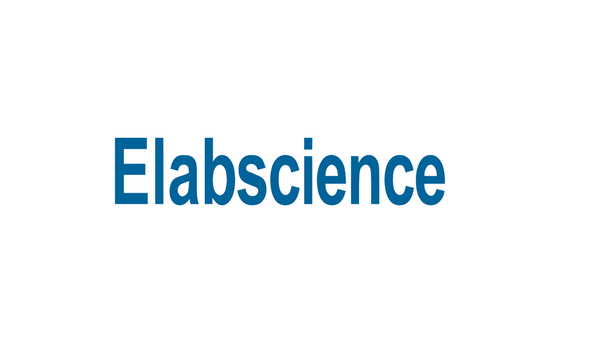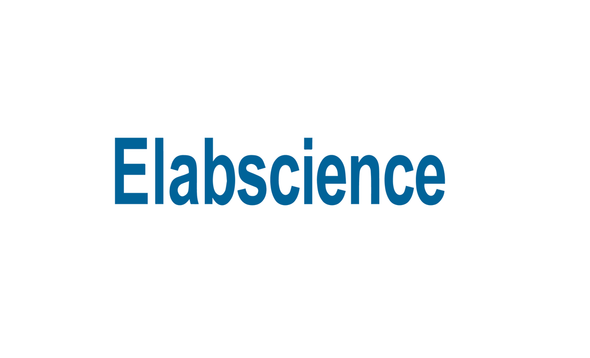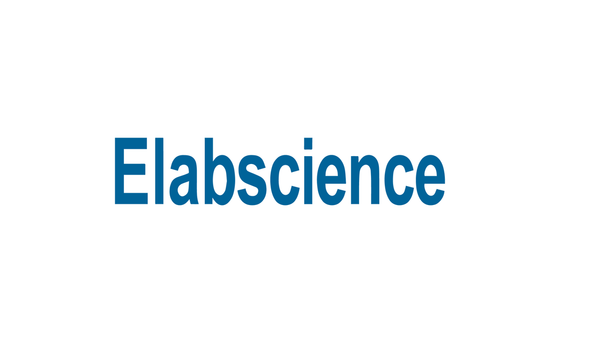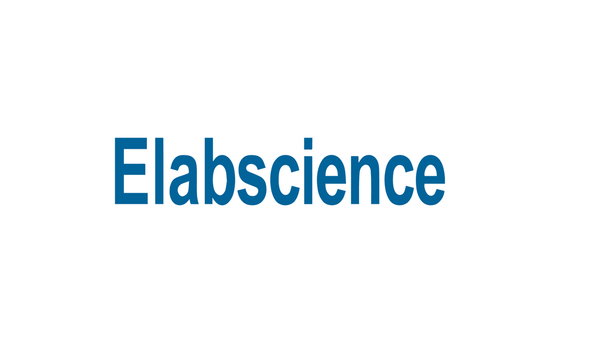Elabscience
Anti-2019-nCoV S-IgA Neutralizing Antibody | E-AB-V1027
- SKU:
- 763-E-AB-V1027
- Availability:
- IN STOCK
Description
Anti-2019-nCoV S-IgA Neutralizing Antibody | E-AB-V1027 | Elabscience
Category Type: Monoclonal
Synonyms: coronavirus s1, coronavirus s2, coronavirus spike, cov spike, ncov RBD, ncov s1, ncov s2, ncov spike, novel coronavirus RBD, novel coronavirus s1, novel coronavirus s2, novel coronavirus spike, RBD, S1, s2, Spike RBD
Applications: Neutralization, ELISA
Reactivity: SARS-COV2
Host: Human
Isotype: IgA
Concentration: 1 mg/mL
Purify Method: Protein A affinity purification
Storage: Store at -20℃. Avoid freeze / thaw cycles.
Buffer: PBS, pH 7.4
Dilution: ELISA: 1:1, 000-1:2, 000
Clone NO: 8A5
Conjugation: Unconjugated
Immunogen Cat: PKSR030489
Immunogen : Recombinant 2019-nCoV S-trimer Protein (His Tag)
Background: Protein S (PROS1) is glycoprotein and expressed in many cell types supporting its reported involvement in multiple biological processes that include coagulation, apoptosis, cancer development and progression, and the innate immune response. Known receptors bind S1 are ACE2, angiotensin-converting enzyme 2, DPP4, CEACAM etc.. The spike (S) glycoprotein of coronaviruses is known to be essential in the binding of the virus to the host cell at the advent of the infection process. Most notable is severe acute respiratory syndrome (SARS) . The severe acute respiratory syndrome-coronavirus (SARS-CoV) spike (S) glycoprotein alone can mediate the membrane fusion required for virus entry and cell fusion. It is also a major immunogen and a target for entry inhibitors. It's been reported that 2019-nCoV can infect the human respiratory epithelial cells through interaction with the human ACE2 receptor. The spike protein is a large type I transmembrane protein containing two subunits, S1 and S2. S1 mainly contains a receptor binding domain (RBD), which is responsible for recognizing the cell surface receptor. S2 contains basic elements needed for the membrane fusion.The S protein plays key parts in the induction of neutralizing-antibody and T-cell responses, as well as protective immunity.






